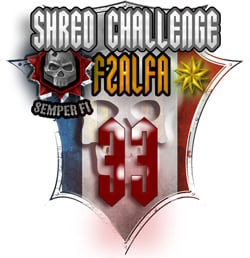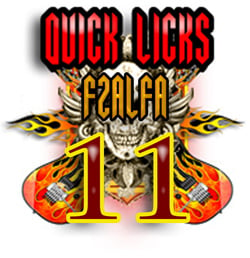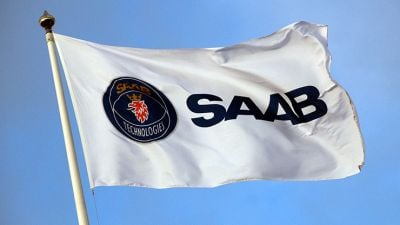Audio Aliasing Explained |
|
|
|
|
|
| Aug 30 2015, 02:25 PM |
|
For the advanced users... |
|
|
||
|
|
|
|
| Aug 31 2015, 09:52 AM |
|
interrsting !
Laurent --------------------    |
|
|
||
|
|
|
|
| Aug 31 2015, 05:23 PM |
|
As you say, it's not that simple.
First, any quality distortion plugin, including probably every commercial amp simulator plugin ever made, has built-in oversampling. In other words, in practice, it's unusual to encounter aliasing problems. There are many reasons why one might want to use outboard analog gear, but avoiding aliasing generally isn't one of them. Second, running a session at 96KHz means, generally, using twice as much cpu on your computer than running at 48KHz (and your recordings will consume twice the disk space), so there's a significant cost associated with working at 96KHz. -------------------- Cyber-industrial music and video animations:
https://vimeo.com/channels/thedignitymachine https://vimeo.com/channels/somewheretohide Facebook: https://www.facebook.com/RodrigoSpacecraft |
|
|
||
|
|
|
|
| Sep 3 2015, 01:32 AM |
|
For me the sad part always comes when trying to downsample to common distribution formats like 44.1k mp3 files. This too is an often bemoaned idea. Starting with something that sounds great and then stepping on it so that it works with folks phones. It's worth considering in any case what the best options are given the variables so well done sharing the vid I have some nice links for you on downsampling http://src.infinitewave.ca/ I worked a lot with this program at the time, even the free version is awesome. It uses a different math than DAW's use so it eliminates mathematical debates like work an convert 44.100 vs work 48.000 to convert 44.100...been advising 48.000 (or higher) ever since; http://www.voxengo.com/product/r8brain/ This post has been edited by Mertay: Sep 3 2015, 01:35 AM |
|
|
||
|
|
|
|
| Sep 3 2015, 05:52 AM |
|
The best advice is to use the sample rate you'll eventually be delivering. In other words, the best downsampling is no downsampling
If, after considering the pros and cons, you want to work with a higher sample rate than that, then use an even multiple. For example, if your goal is to deliver something at 44.1KHz, but you want to work at a higher sample rate, then use 88.2KHz. That will minimize the downsampling artifacts. However, anyone who is that concerned about aliasing might want to consider recording to tape instead of a computer -------------------- Cyber-industrial music and video animations:
https://vimeo.com/channels/thedignitymachine https://vimeo.com/channels/somewheretohide Facebook: https://www.facebook.com/RodrigoSpacecraft |
|
|
||
1 User(s) are reading this topic (1 Guests and 0 Anonymous Users)
0 Members:
























